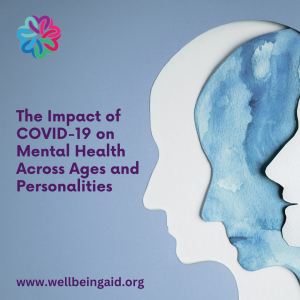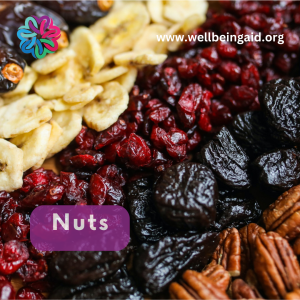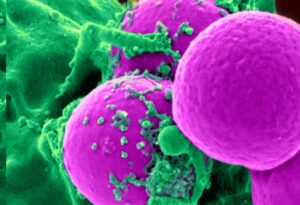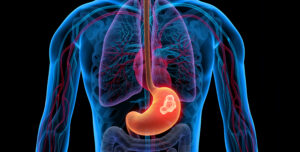


Physical Wellbeing
Physical wellbeing refers to the state of optimal health and functioning of an individual’s body. It encompasses various aspects, including the absence of illness or disease, the presence of physical fitness and vitality, and the ability to engage in daily activities with energy and stamina. Physical wellbeing is influenced by a range of factors, such as nutrition, exercise, sleep, hygiene, and the avoidance of harmful habits or substances.
Here are some organisations and references that discuss physical wellbeing:
- World Health Organization (WHO): The WHO defines health as “a state of complete physical, mental, and social wellbeing and not merely the absence of disease or infirmity.” Their website provides valuable information on promoting physical wellbeing and maintaining a healthy lifestyle. You can access it here
- Centers for Disease Control and Prevention (CDC): The CDC is a leading public health agency in the United States. Their website offers resources on physical activity, nutrition, and various aspects of physical wellbeing. You can find their information on physical activity here
- Mayo Clinic: The Mayo Clinic is a renowned medical research institution that provides comprehensive information on health and wellbeing. Their website covers a wide range of topics related to physical wellbeing, including exercise, nutrition, and preventive measures. You can explore their resources on physical activity here
- National Institutes of Health (NIH): The NIH is a prominent biomedical research organization in the United States. They offer evidence-based information on physical wellbeing and its impact on overall health. Their website provides resources on physical activity, weight management, and other related topics. You can access their information here
These references should provide you with a solid understanding of physical wellbeing and its importance in maintaining a healthy and balanced lifestyle.
calculate body mass index
Your BMI is 0
(severe thinness)
(moderate thinness)
(mild thinness)
(normal BMI)
(pre obese)
(obese class I)
(obese class II)
(obese class III)
Your BMI is 0
(severe thinness)
(moderate thinness)
(mild thinness)
(normal BMI)
(pre obese)
(obese class I)
(obese class II)
(obese class III)




















































